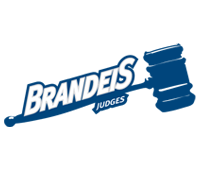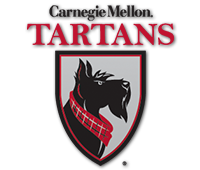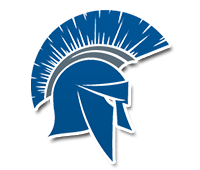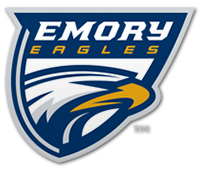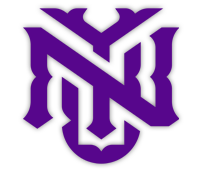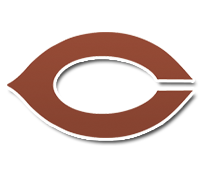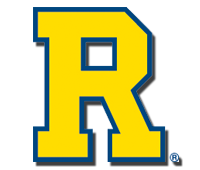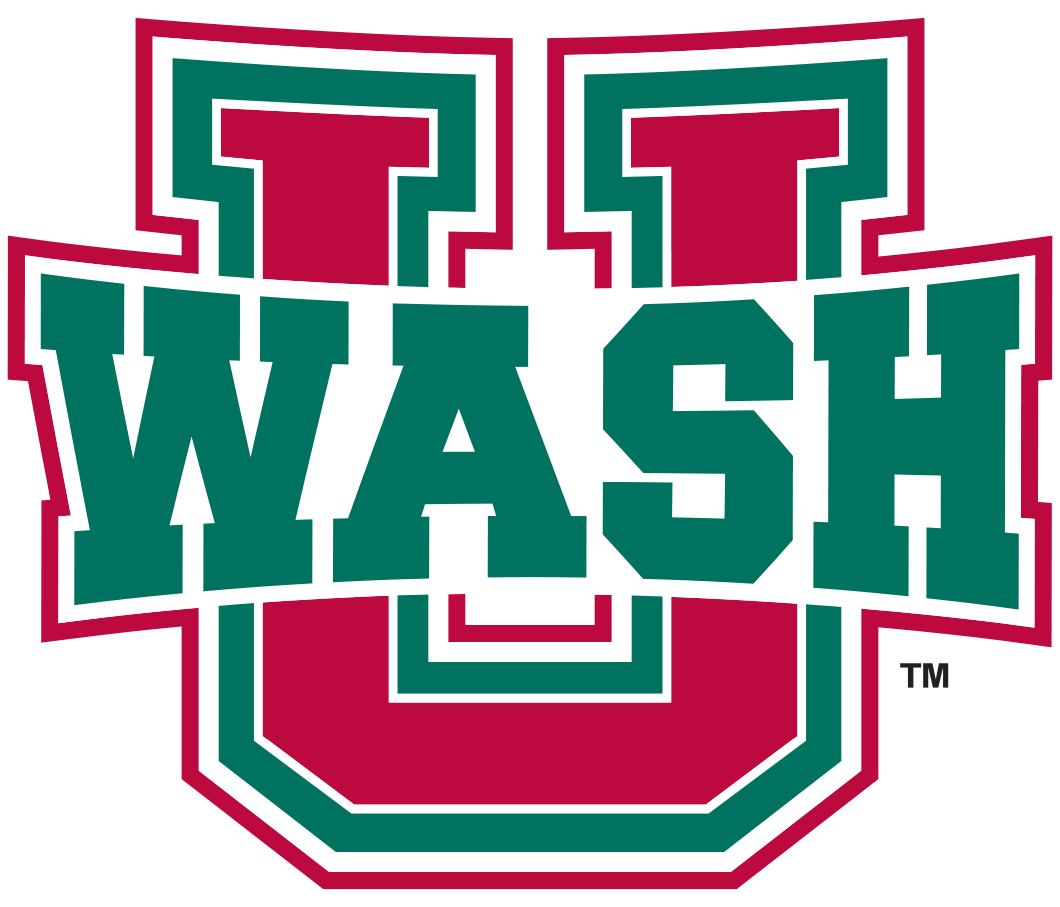
When Harry Kisker was hired by Washington University Chancellor William H. Danforth in 1978, he was given one clear directive: turn around the student-life situation on campus.
"I spent the first few months talking to the students and witnessing the bad morale on campus," Kisker recalled. "We had a 30 percent attrition rate from freshman year to sophomore year. It was not a sustainable situation, especially fiscally. Something had to change."

Kisker, who had served as Vice President for Campus Life at Lawrence (WI) University, believed that an important way to create positive morale was to revitalize the athletic program. "I did not like the 'Division III is third-rate' mentality. Most D3 universities were playing schools close by driven by meager budgets. It wasn't a big part of the student body experience."
"When I was on campus for my interview, the student body president gave me a tour of the athletic facilities," Kisker remembered. "All I could think was 'Are you kidding me?'"
The Washington University Field House was built before the 1929 stock market crash and was never completely finished as the exterior never got a facing when the money ran out. The building stayed that way until 1984 when the facility was completely renovated, being built from the original structure.
The track was historic in that it was used for the 1904 Summer Olympics and featured one of the first applications of reinforced concrete technology, but it had not been updated. "The track was only one-third of a mile so no records could be estbalished and the concrete stadium was cracking," Kisker said. The historic Francis Field did not undergo any major changes for nearly 80 years until 1984 when, among other things, a new synthetic, eight-lane, 400-meter track was added.
In 1982, Kisker and Athletic Director John Schael determined that all athletic uniforms would be red and green. This streamlined the school colors since myrtle and maroon were still used for athletics over confusion about what the school colors actually were.
In 1984, Kisker and Schael started an annual basketball tournament that still exists called the "Lopata Classic" in which the costs for the tournament, including travel costs for the visiting teams, were covered by 1935 Washington University graduate Stanley Lopata. In the first year, the field included like-minded academic institutions in MIT, Cal Tech, and Johns Hopkins.
Another athletics change Kisker remembers well is the addition of crew in 1985. "A couple of frat guys needed to make some money and came up with the idea of selling 'Wash U' crew jerseys even though we didn't have a crew program," he said. "We rounded up a bunch of grad students with experience from Harvard and MIT to coach and 60 students signed up!"
After buying necessary equipment from MIT and Colgate, the school purchased the crew dock used for the 1984 Los Angeles Olympics. With a lake that was 2,600 yards long in St. Louis County, Washington University officially had a crew program.
Kisker, Danforth, and Schael would team up not only to make Washington University one of the finest NCAA Division III athletic programs in the country, but also were instrumental in the founding of the University Athletic Association.
UAA Announcement 30th Anniversary
Kisker's plans for improving the student experience on campus were not limited to athletics. "In the fall of 1978, we had the second-largest toga party in the country," Kisker recalled. "We used curtains for toga wraps and campus safety estimated just under 5,000 students attended the event."
In spite of the fact that "Animal House" co-writer Harold Ramis was a Washington University graduate and the campus was nearly selected as the site for the movie, Kisker said the culture on campus needed some tweeking. "We literally held workshops on how to tailgate," he stated. "We had no band, no cheerleaders, and needed to rejuvenate the Greek system. We brought in outside singing groups because the only one on campus only did Gregorian chants."
"Working for Bill (Chancellor Danforth) was the best thing that happened to me," he said. "He was willing to stick his neck out and try new things. He had gone through so many chief student affairs people and nothing had changed."
Kisker served as Vice Provost and Dean of Student Affairs at Washington University from 1978-1997 and was inducted into the school's Athletic Hall of Fame in January 2003. He went on to serve as a Director of College Counseling and continues to consult about college counseling these days, though he is "retired" from the profession.


